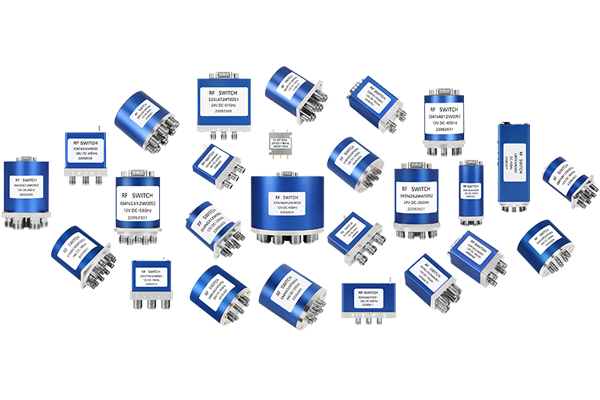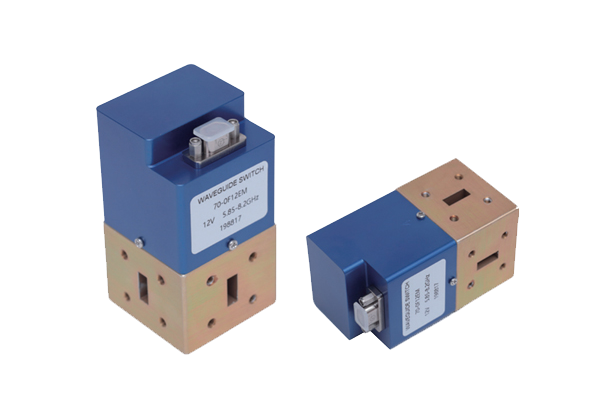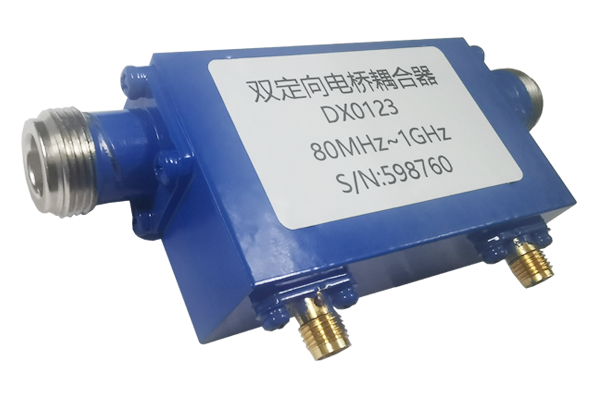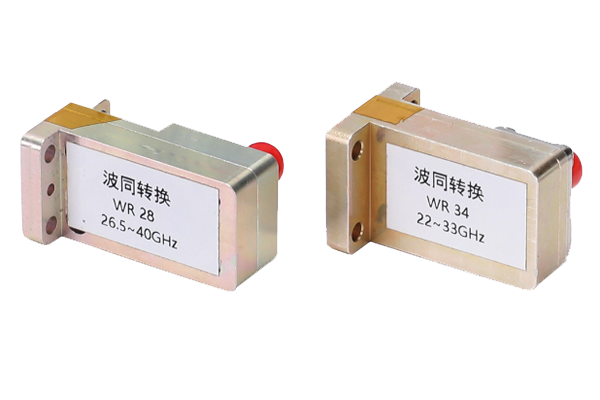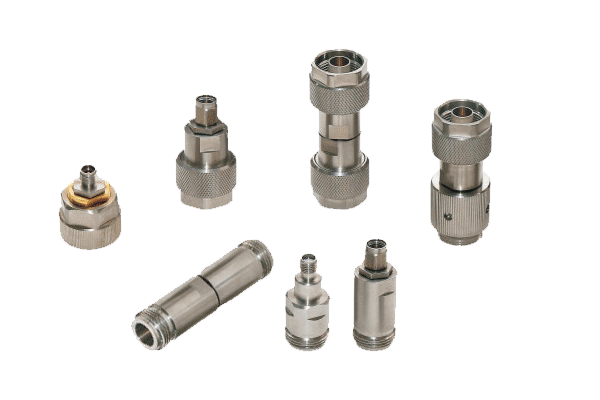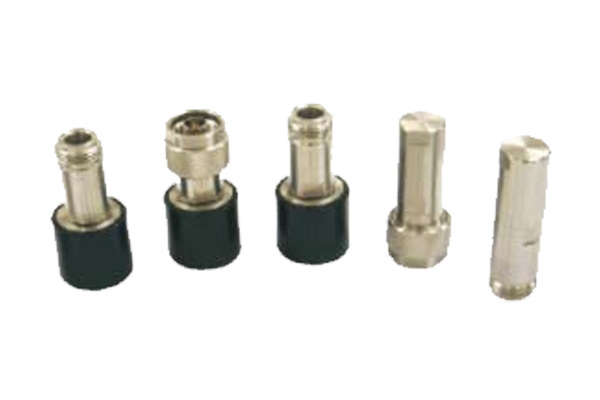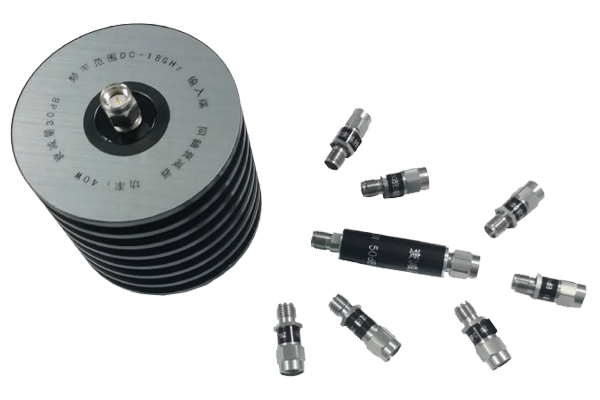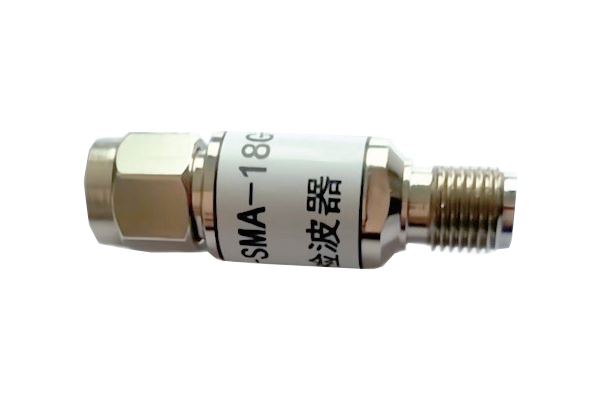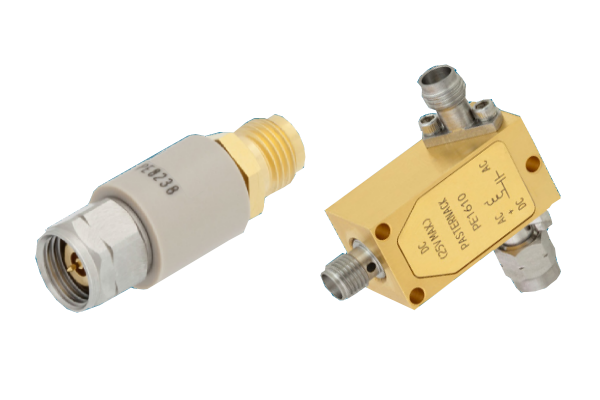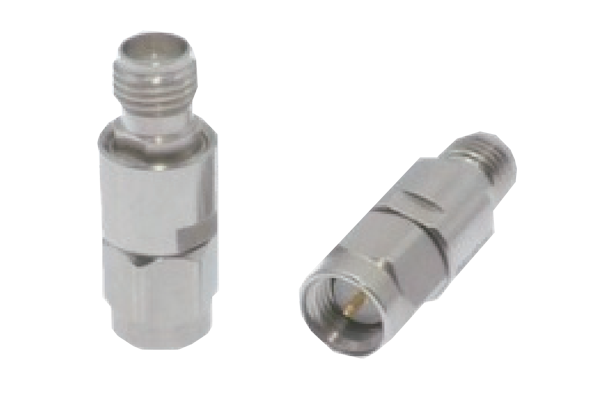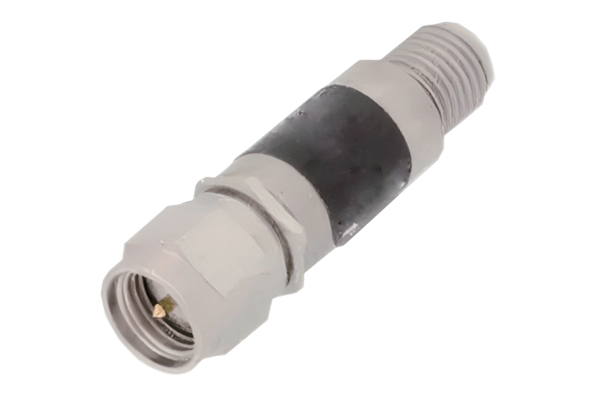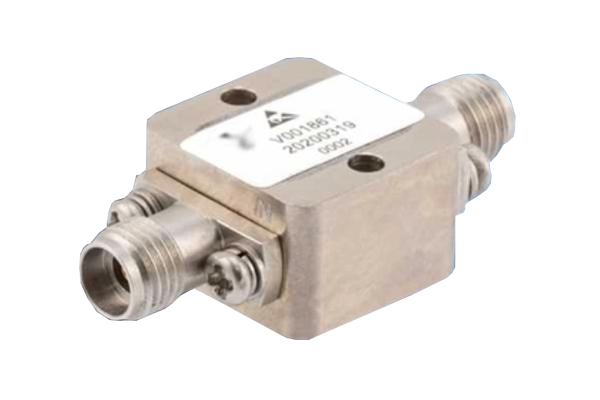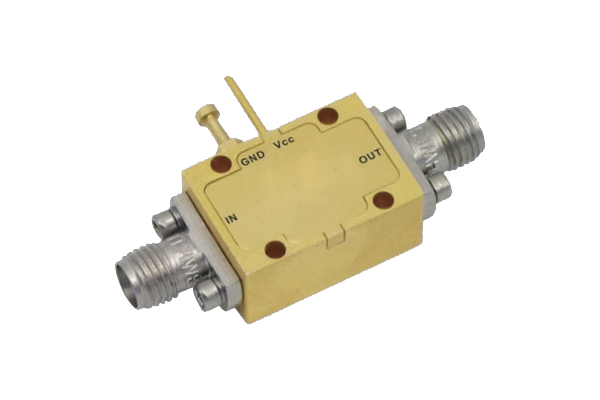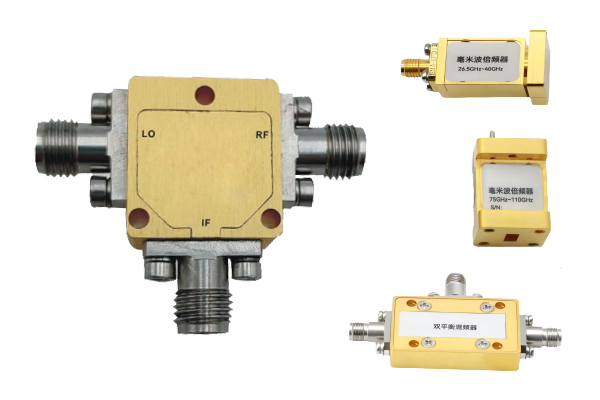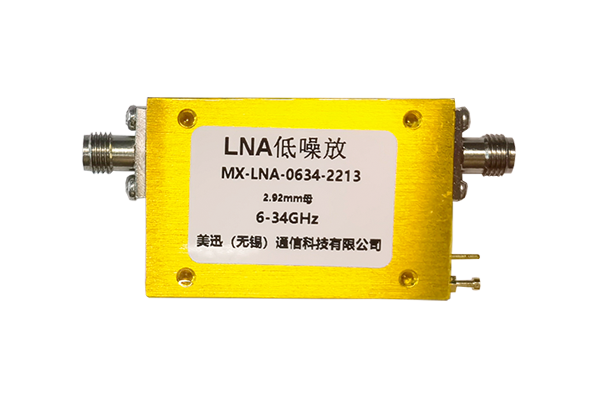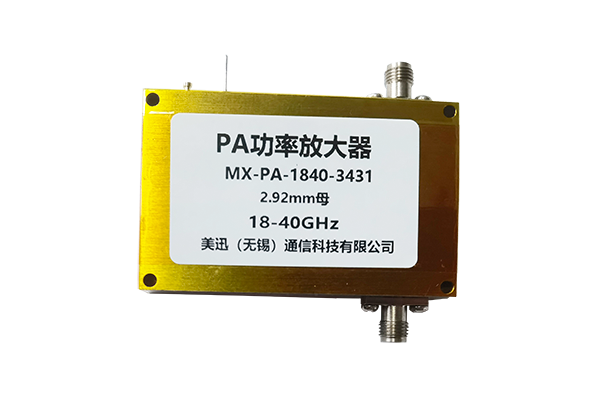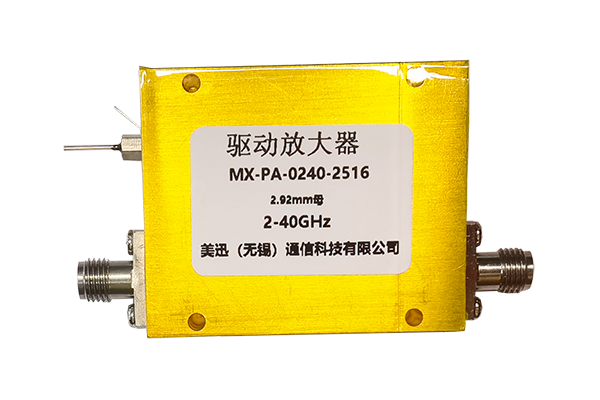How to reduce the noise factor of low-noise amplifier
1. Reasonable selection of active devices
Low-noise transistors: It is crucial to select transistors with good noise characteristics. For example, field effect transistors (FETs) and high electron mobility transistors (HEMTs) have low noise factors. HEMTs exhibit excellent low-noise performance in high-frequency and millimeter-wave bands because of their high electron mobility, which can reduce the noise generated by the random movement of carriers.
Device parameter optimization: Carefully select transistor parameters such as transconductance and gate-source capacitance. Higher transconductance can increase the gain of the amplifier and help reduce the noise factor; appropriate gate-source capacitance can reduce the capacitive attenuation of the input signal and improve noise performance.
2. Optimize the input matching network
Minimum noise matching: When designing the input matching network, the input impedance of the amplifier and the signal source impedance are matched to the minimum noise state. This can be achieved by adjusting the inductance and capacitance values in the matching network.
Reduce parasitic parameters: In the design and layout of the input matching network, minimize parasitic inductance and capacitance. Parasitic parameters affect the transmission and matching effect of the signal and increase additional noise. Reasonably select components and optimize PCB layout, shorten the connection length, and reduce the influence of parasitic parameters.
3. Stable bias circuit design
Stable operating point: Provide stable bias voltage and current for the transistor to ensure that it works in the best noise performance area. Improper biasing will cause the noise characteristics of the transistor to deteriorate. A voltage divider bias circuit or a constant current source bias circuit can be used to improve the stability of the bias.
Reduce bias circuit noise: The bias circuit itself may also introduce noise, so low-noise components such as resistors and capacitors should be selected. At the same time, the bias circuit should be properly filtered to reduce the impact of power supply noise on the amplifier.
4. Optimize circuit layout
Shorten the signal path: In PCB design, try to shorten the signal path to reduce the attenuation and interference of the signal during transmission. Reasonably arrange the position of the components to separate the input and output signals to avoid mutual coupling and noise.
Good grounding: Use single-point grounding or multi-point grounding to ensure good grounding and reduce the impact of ground noise. Separate the analog ground and digital ground to prevent the noise of the digital circuit from interfering with the analog circuit



